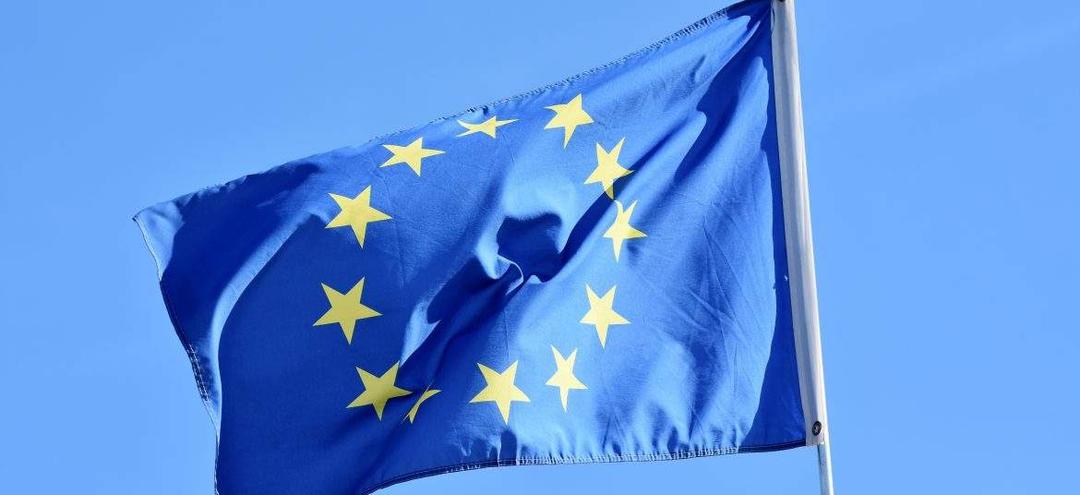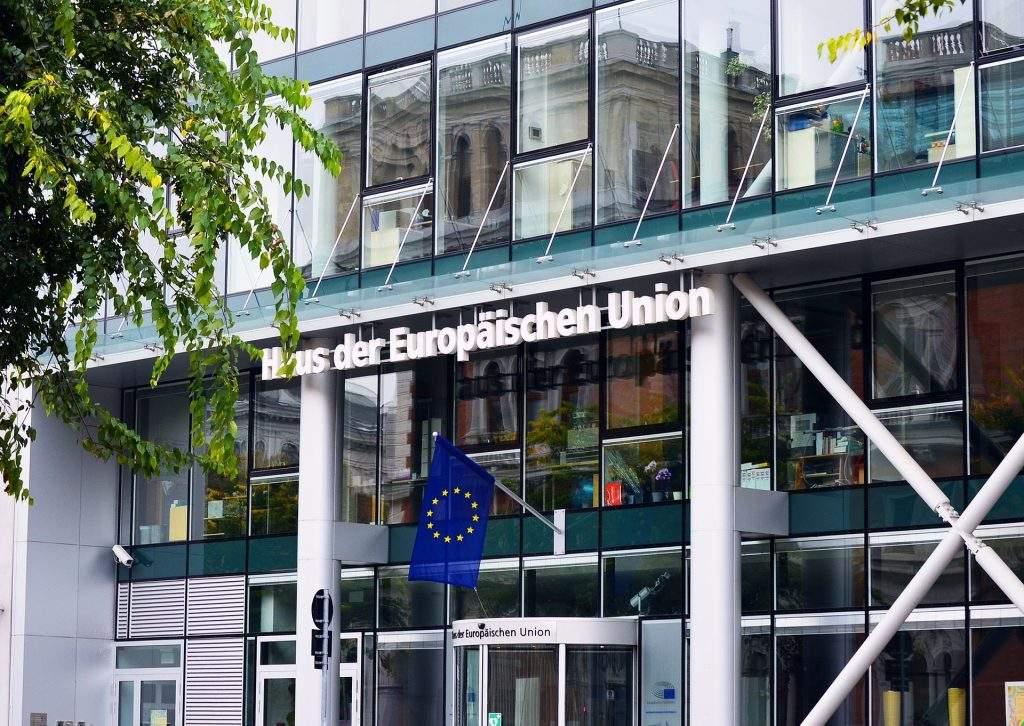EU Mandate for 2025
10 November 2022, By Ali Mahfudh Mohamed Junior
Estimated time to read: 6 minutes

Would you agree that reducing waste is a climate game changer?
Let's be serious

Are you optimistic about zero-waste and hopefully seeing every country adapt to sustainable practices that contribute towards a healthy living?
If that's the case, then you're going to love what the EU Mandate has in store for us.
In the last two decades, European nations have increasingly turned their attention away from disposal techniques and toward prevention and recycling when it comes to municipal waste. It is crucial to move municipal waste management in order to maximize resource value, ease environmental concerns, and provide employment.
27% of the waste produced in the EU is municipal waste. It can have serious harmful effects on both human health and the environment if improperly controlled.
By 2030, all EU Member States must recycle or prepare at least 60% of their municipal garbage for reuse, in line with the 2020 EU circular economy action plan's goal of halving the amount of municipal waste not currently being done so.

This briefing explains how these goals are interconnected and how taking more aggressive waste prevention measures will be essential to achieving them.
Higher recycling objectives and new initiatives to cut trash across Europe have been accepted by European leaders.
The announcement comes seven months after governments, the European Commission, and the European Parliament reached an agreement on the regulations and targets as part of the so-called trilogue negotiations.
According to the EU Mandate, European countries will have to recycle at least 55% of their municipal waste by 2025. This is followed by a 5% increase every 5 years amounting to 60% in 2030 as well as 65% in 2035.
Other measures in the mandate include a 10% cap on waste landfills by 2035 and strict measures that will cause producers to pay for the collection of key recyclable items.
Municipal Waste In The European Union

Municipal waste is made up of waste produced by households as well as solid waste from other sources that are similar to household waste in nature and composition, such as waste from small businesses and public institutions. Excluding significant mineral wastes, municipal waste makes up 27% of all waste produced in the EU.
It requires good waste management since it is a complex mixture of elements, including recyclable and non-recyclable, hazardous and non-hazardous, which is influenced by several socio-economic and political factors.
The quantity of total or residual (non-recycled) municipal waste created has not reduced since 2015, despite improvements in waste management brought on by various EU waste policies and targets.
In order to encourage waste management measures at higher levels of the waste hierarchy, new policies have been devised and are currently being put into practice. These include the Waste Framework Directive, the 2020 Circular Economy Action Plan, and the European Green Deal.
The Creation Of A Circular Economy
In a circular economy, materials and goods are used throughout their entire life cycle, from design and production to reuse or recycling. Products are reintroduced into the production process rather than being discarded, as is the case in the existing linear system.
The way plastic goods are developed, used, and recycled will change under the EU Plastics Strategy, which was proposed in 2018. By 2030, all plastic packaging sold in the EU must be recyclable, and microplastic usage must be limited.
The strictest regulations in the world have already increased recycling rates for plastic packaging in the EU to an all-time high of 41.5 percent, which is three times higher than in the US.
By 2025, the EU established a goal of recycling 50% of plastic packaging; this objective appears to be within reach at this time. Additionally, a separate collection goal of 77 percent for plastic bottles will be established in 2025, rising to 90 percent by 2029.
This comprehensive system will be dependent on the widespread adoption of extended producer responsibility schemes, which states that if a business sells packaged goods or packaging on the market in a nation, it is still entirely responsible for the costs associated with the collection, transportation, recycling, or incineration of those goods. In other words, the individual or business that causes pollution will have to pay a price for this unprecedented action.
The creation of a circular economy increases sustainable products, empowers consumers in terms of green transitions, imposes regulation on construction products as well as sustainable textiles.
These actions will lead to a reduction in pressure with natural resources, create sustainable growth and promote job creation within economies.
Read more on how to create and achieve a circular economy here.
Final thoughts:
It is crucial to follow the steps and adhere to the regulations set out by the European Union in order for us to become sustainable as a business, as well as, individuals.
In order to do so, we all have to take part and manage our waste more efficiently and effectively to achieve a circular economy.
By taking the necessary steps mentioned above, this target can be achievable. In order to accomplish this, PLAEX offers a FREE pilot program. We'll support you in achieving your sustainability objectives.
How would you like to be part of the change to a more sustainable future? Remember, it is not complex, it's PLAEX.